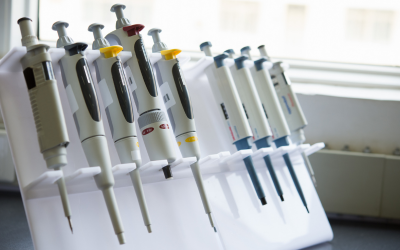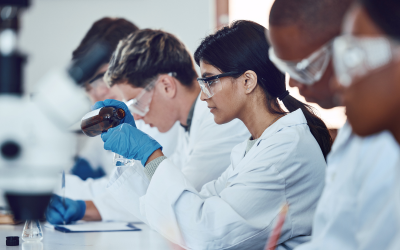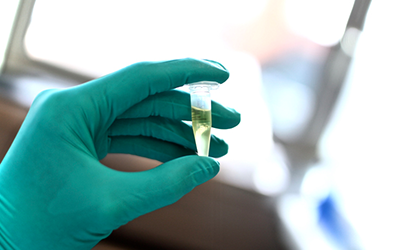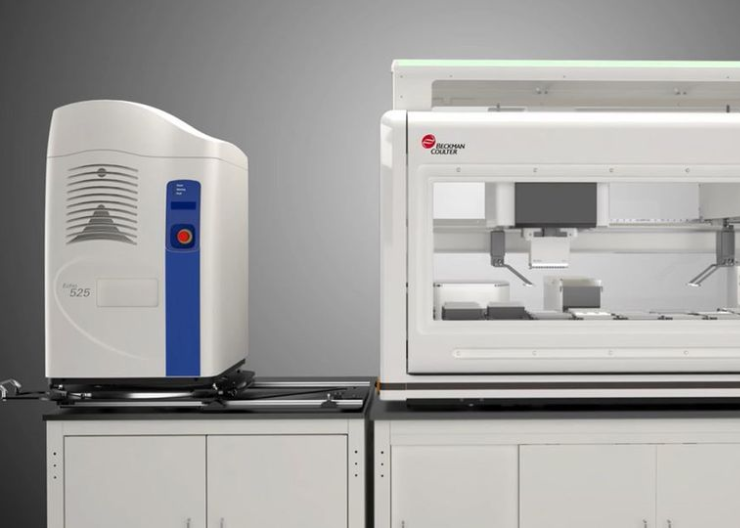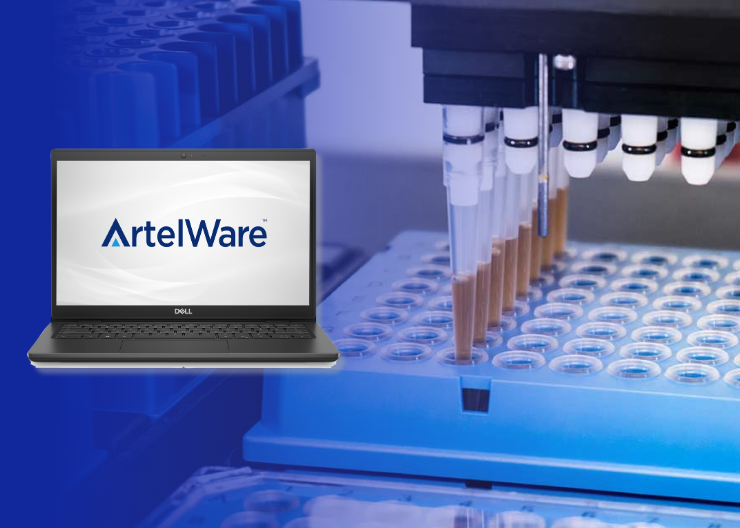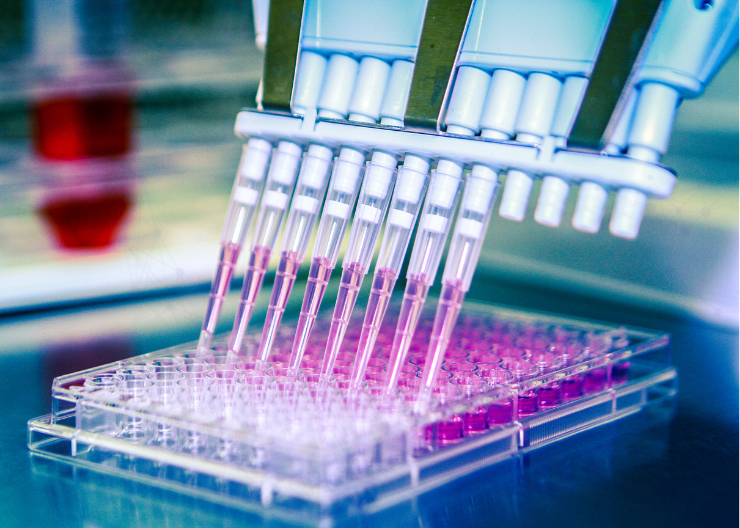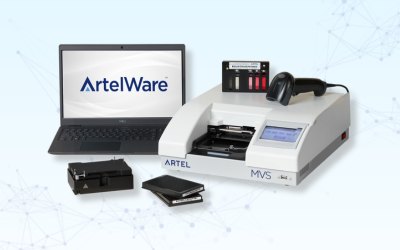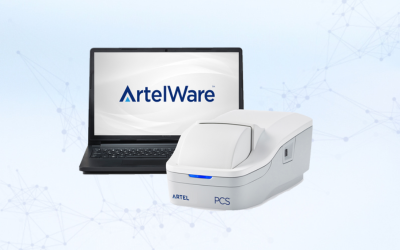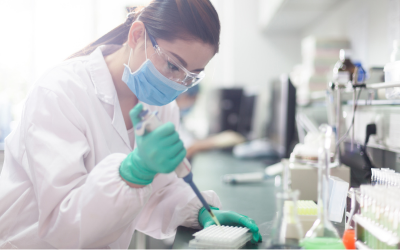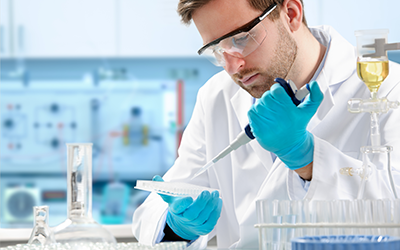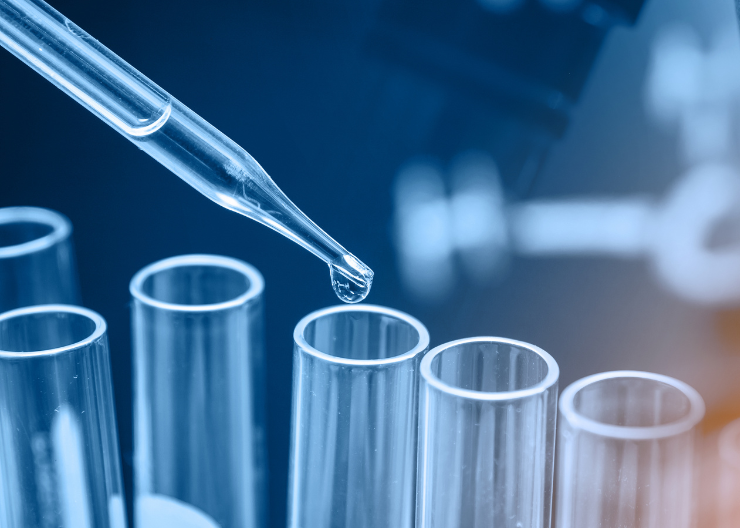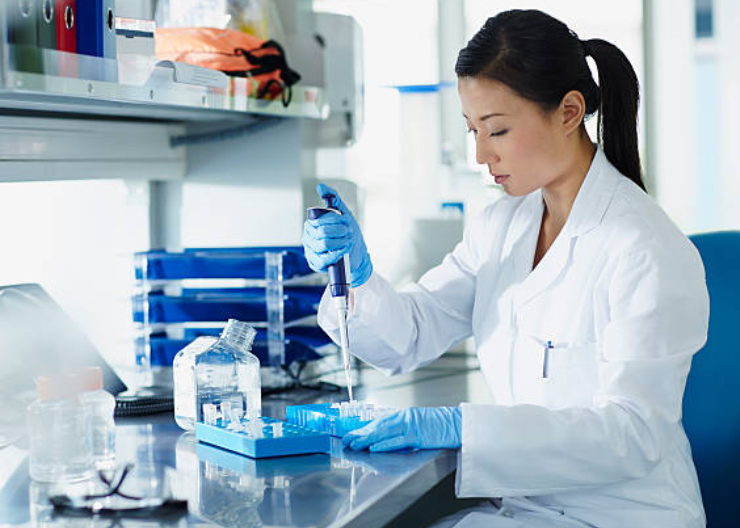Pipetting Technique as Source of Error
For laboratory quality assurance, all critical tasks must be standardized, including liquid handling. Laboratory liquid handling quality assurance programs commonly focus on pipette calibration, repair and maintenance, but rarely include protocols on verifying operator technique. Yet just as malfunctioning pipettes and automated liquid handlers can result in inaccurate delivery volumes and alter laboratory results, so too can poor pipetting skills.
The urgent need for operator training is discussed in a recently distributed letter from the Centers for Medicare and Medicaid Services, which cited “poor pipetting technique” as one of the causes of “questionable test results” generated with an HIV test kit. After the erroneous results were reported, a root cause analysis determined that the operator incorrectly used the pipetting system during the test protocol, which required the addition of a micro specimen of sample. Following this incident, the Center’s Department of Health and Human Services formally recommended that laboratories institute staff training, competency assessments and the evaluation of quality assurance protocols to prevent similar error1.
Like baseball players being coached on swinging a bat and new drivers taking lessons before being able to legally operate a car, laboratory technicians must be trained on proper pipetting skills. Technique must be standardized within and across laboratories to minimize error and facilitate data comparability. Otherwise data integrity may be at risk.
This article will discuss common pipetting technique errors, their impact on pipetting accuracy and precision and how effective training programs can minimize the risk of error.
How Pipetting Technique Contributes to Error
Laboratorians pipette on a daily basis. Yet many have never received formal training on pipetting. And like most repetitive, common tasks, pipetting is often taken for granted. It is important to understand the steps that laboratorians can take to improve pipetting skills. First, however, it is helpful to evaluate common pipetting errors that can contribute to volume variation, all of which can be avoided with proper training. Common pipetting errors include:
Failure to Pre-Wet Pipette Tip
If pipette operators do not pre-wet the pipette tip prior to initial delivery, sample volume can be lost due to evaporation within the tip. Aspirating and expelling sample liquid at least three times before delivery can mitigate this risk, and is especially important when handling volatile solutions such as organic solvents.
Disregarding Temperature
Sample volume can be altered if the pipette and the liquid being dispensed are not temperature equilibrated. This is because air displacement pipettes are affected by air pressure, relative humidity and vapor pressure of the liquid, all of which are temperature-dependent. Human body heat can also be transferred from the user to the pipette if handled for too long, also causing volume variation.
Tip Wiping
Unnecessary tip wiping can lead to sample loss, especially if wiping with absorbent materials, which can carry sample from the pipette tip.
Choosing the Wrong Pipetting Mode
The choice of reverse or forward mode during pipetting is often arbitrary or based on operator preference. Yet reverse mode should only be used for viscous samples. During reverse mode, the plunger is depressed completely (past the first stop) to aspirate the sample and then depressed only to the first stop to deliver it. Therefore, using reverse mode with aqueous solutions leads to over-delivery while using forward mode with viscous solutions results in under-delivery.
Working Too Quickly
After aspirating, failure to pause with the pipette tip in the liquid can lead to under-delivery. This is because the liquid is not still at first insertion and requires about one second to settle.
Pipetting at an Angle
Touching the pipette tip to the container sides during aspiration results in loss of sample. In addition, removing the pipette at an angle can cause volume variation due to surface tension effects, especially when pipetting small volumes. Pulling the pipette straight out of the container can minimize error.
Using the Wrong Pipette Tips
Failure to choose the proper tips for a given type of pipette can lead to an inadequate seal between the pipette and tip, causing leakage and sample loss.
Trends Highlighting the Need for Training
The need to include pipetting technique training in laboratory quality assurance programs is growing due to several trends in today’s life sciences industry. First, laboratories across markets are working with smaller liquid volumes and more complex multipart tests, including serial dilution protocols and Polymerase Chain Reaction (PCR) assays, where inaccuracies of just one microliter can be detrimental. Because microliter quantities are more sensitive to volume variation, operator variability can significantly alter research results.
Another trend, as evident in the letter distributed by the Centers for Medicare and Medicaid Services referenced in the introduction, is a shortage of trained laboratory professionals, and a corresponding increased focus by regulatory bodies on ensuring operator competency. International standards such as ISO 17025, “General requirements for the competence of testing and calibration laboratories,” and ISO 15189, “Medical laboratories – Particular requirements for quality and competence,” place a strong and appropriate emphasis on assessment of operator competency.
Solution: Pipetting Technique Training
By providing technicians with proper training from expert professionals in liquid handling, laboratories can minimize the risk of volume variability caused by operators. Yet to reduce the risk of laboratory error, a comprehensive and standardized method of pipetting technique training is essential.
The first step in improving operator technique is educating users about the pipette itself. Topics should include the mechanical function of modern pipettes, which work through air displacement, and the variables that can affect accuracy and precision. This portion of the training should also include an overview of the various types and brands of pipettes and when best to use each, as well as how to select the proper tips. It is also important to review existing regulations and quality standards to ensure compliance, and illustrate how technique can alter laboratory data.
After providing a foundation of knowledge about pipettes, demonstration of proper technique and hands-on coaching follow. This stage of the training is most effective when coupled with measurement technologies that can provide immediate feedback. Operators can instantly verify how various physical actions alter final volume and change their technique accordingly.
Like any class or seminar, the ability to measure learning and proficiency is essential. With pipetting technique training programs, pre- and post-training skills assessment are necessary to gauge improvement in pipetting accuracy and precision.
Standardized measurement tools that document the effectiveness of a training program coupled with standardized training can be used to facilitate certification. This certification can provide laboratory managers with objective evidence and documentation to support the pipetting competency and consistency of their technicians, and this will prove useful as regulations continue to advance.
It is not enough to only train pipette operators. Training is important for laboratorians at all levels, whether they are on-the-bench scientists and technicians or laboratory managers. Process-control-focused training can be beneficial for quality and laboratory managers and supervisors. This level of training can include information about pipette repair and maintenance, detailed information about relevant regulations and quality standards, and calibration technologies. Best practices for development and implementation of liquid handling quality assurance programs must also be addressed.
Lastly, pipetting technique training should not be a one-time event. Annual or semiannual training is optimal to ensure that operators pipette consistently on an ongoing basis.
Conclusion
It is evident that operators contribute to laboratory error through inconsistent pipetting technique. For this reason, instrumentation is not the only thing that needs frequent calibration or checks. Laboratory technicians also need ongoing training. To minimize risk of liquid handling inaccuracy and enhance data integrity, pipetting technique training programs are essential.


